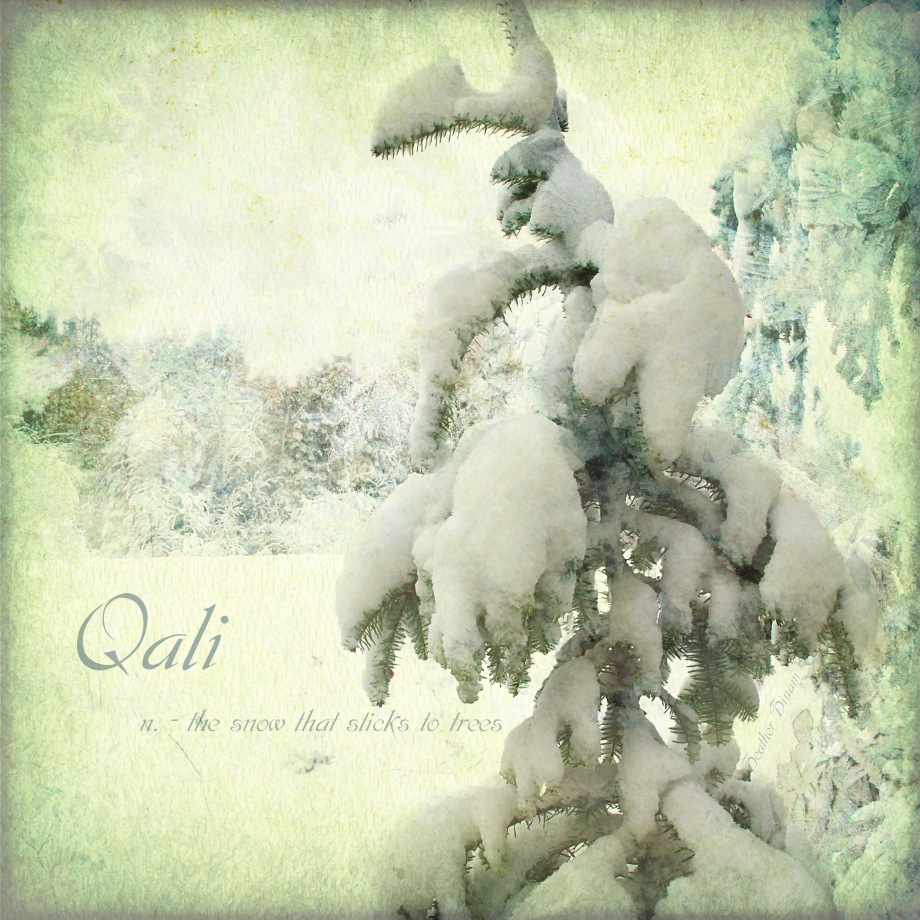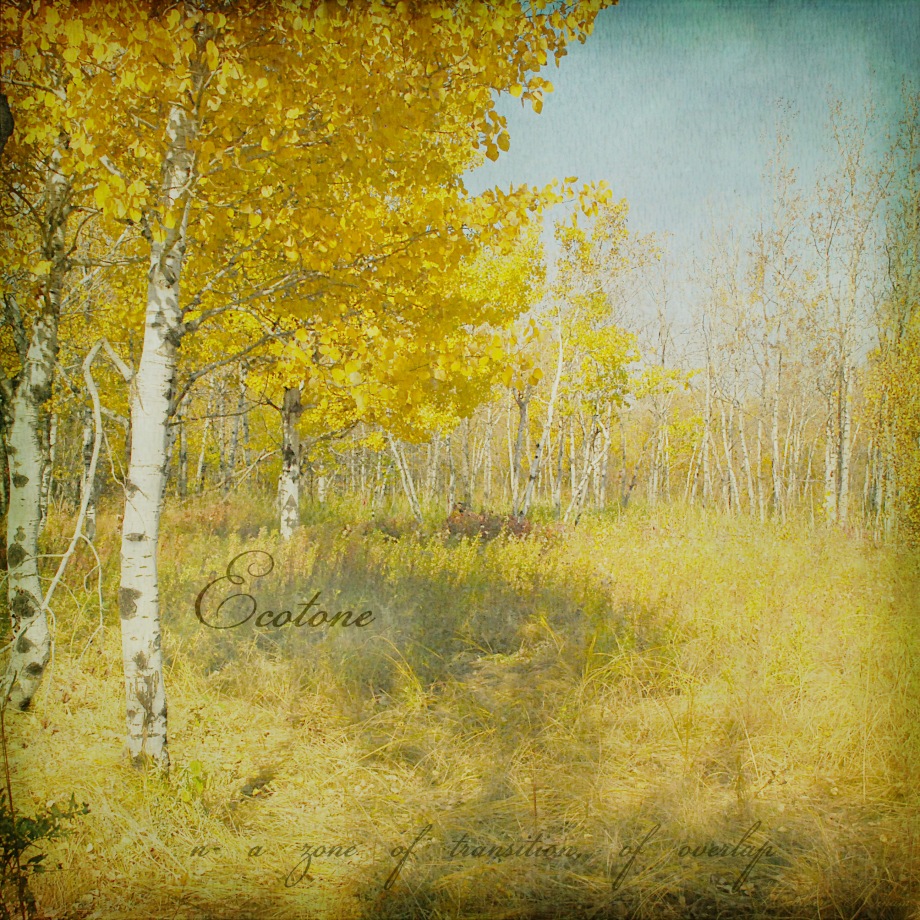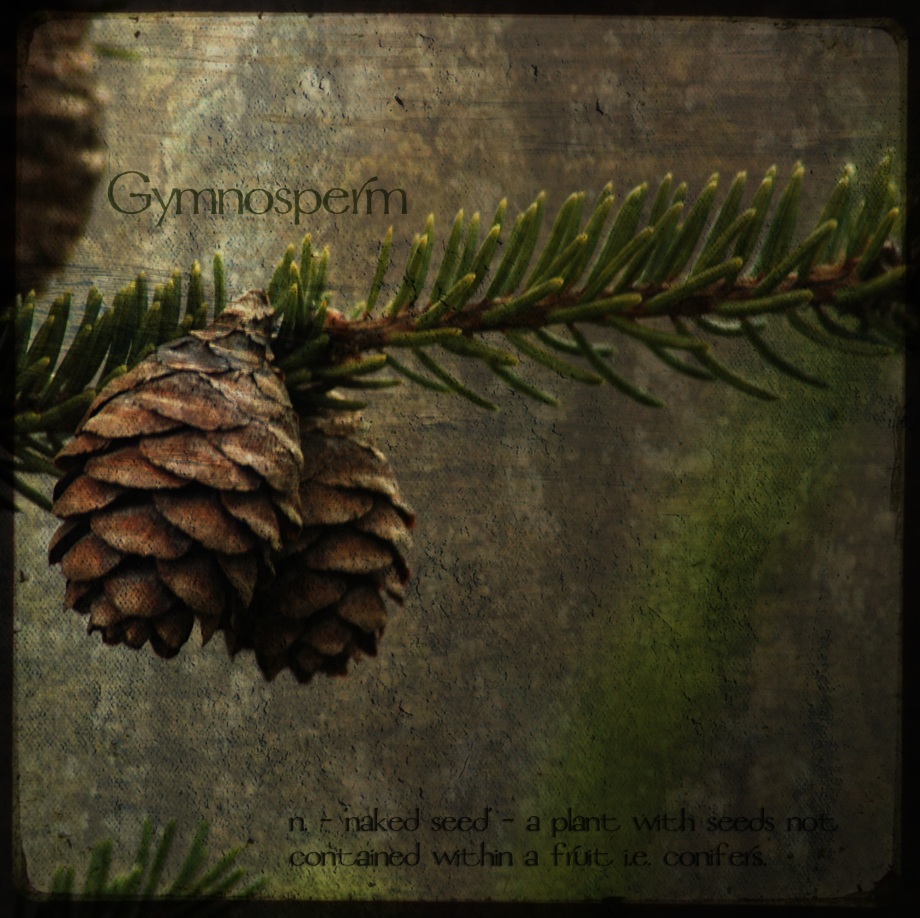 Growing up, I would hear people quote this statistic: “Eskimos have more than a hundred words for snow.” Actually, I still hear people rattle off this little ‘fact’, especially in winter. However, there are a lot of problems with this statement, not even including the fact that the indigenous people of North America’s tundra and Arctic regions are known as Inuit, not Eskimo. No, what really grates on me about this blanket statement is the implication that it’s somehow weird to have so many words to describe one thing.
Growing up, I would hear people quote this statistic: “Eskimos have more than a hundred words for snow.” Actually, I still hear people rattle off this little ‘fact’, especially in winter. However, there are a lot of problems with this statement, not even including the fact that the indigenous people of North America’s tundra and Arctic regions are known as Inuit, not Eskimo. No, what really grates on me about this blanket statement is the implication that it’s somehow weird to have so many words to describe one thing.
When it’s something that makes up a very large part of your daily life during a significant portion of the year, why wouldn’t you take the time to describe it as accurately as possible? The English language has several words for rain: showers, downpour, drizzle, sheets, so why not snow, especially in light of the fact that it sticks around a lot longer than its warm weather counterpart. Actually, as a Canadian, I’m surprised that we, as a population, haven’t developed more words beyond flurries, blizzard and slush to describe this white stuff that blankets much of the country for four to six months out of the year.
To do that, we have to turn to other cultures and languages. While the true count is well under one hundred, many Inuit dialects have several useful words to describe the incredible variety of snow that we can encounter throughout the course of the winter. For those of us who live in forested areas, one handy word to know is qali. It refers to the snow that builds up on the branches of trees, glazing limbs in white and making it look like someone attacked the woods with a decorator’s bag full of royal icing.
I was lucky to have learned several Inuit terms for snow as part of some of my undergraduate university courses and like many people who study winter ecology, they’ve been part of my lexicon ever since. So, it took a bit of digging to figure out where the word qali comes from. According to William Wonders, who wrote the book Canada’s Changing North (2003), the word originates from the Kobuk Valley Inuit of northwestern Alaska, along the edge of the treeline.
Qali can range in thickness from a light dusting that could almost be mistaken for hoar frost to heavy globs of wet snow that drag beleaguered limbs to the ground under its unrelenting weight. All along that spectrum, it has a significant impact on the ecological community.
Many winter residents are affected by qali. Spruce grouse and squirrels that regularly feed on cones often find themselves driven down to the ground by a particularly heavy layer of qali. The snow-covered branches can be hard to navigate, forcing these species to search elsewhere for food. On the other hand, qali can make some food more accessible. With particularly heavy wet snows, the qali that builds up on young birches, willow and aspen pulls the flexible branches down, bringing the young, tender tips within reach of hungry cottontails and snowshoe hare. These contorted trees may also provide shelter for a whole host of wildlife.
You might not have ever realized it, but if you live in an area that experiences snow, qali has likely affected you at some point and I don’t mean that moment when you accidentally brush up against a laden branch and send an unwanted shock of snow pouring down the collar of your coat. I’m talking about more significant impacts. Qali can be very heavy and often trees buckle under the weight taking down whatever else is nearby, which is some cases are power lines. I know I’ve spent the odd cold, snowy night in the dark, waiting for hydro to be restored. These qali-broken trees also open up the forest floor to new growth, creating pockets of mini forest succession and driving the forest cycle on a smaller scale.
Snow is an amazing thing and qali is only one small facet in a dizzying array of diversity, which thanks to northern cultures, we’re able to describe in accurate and imaginative ways. So, next time you take a winter walk surrounded by white, take a moment and discover that variety for yourself and maybe even create your own words to describe it.




